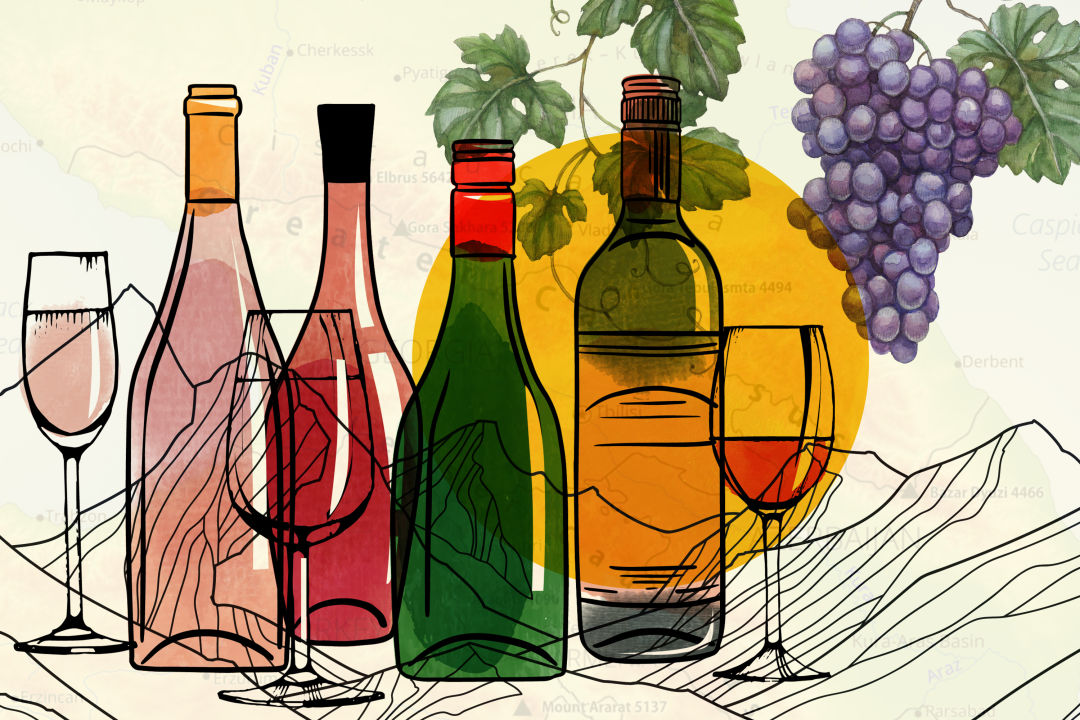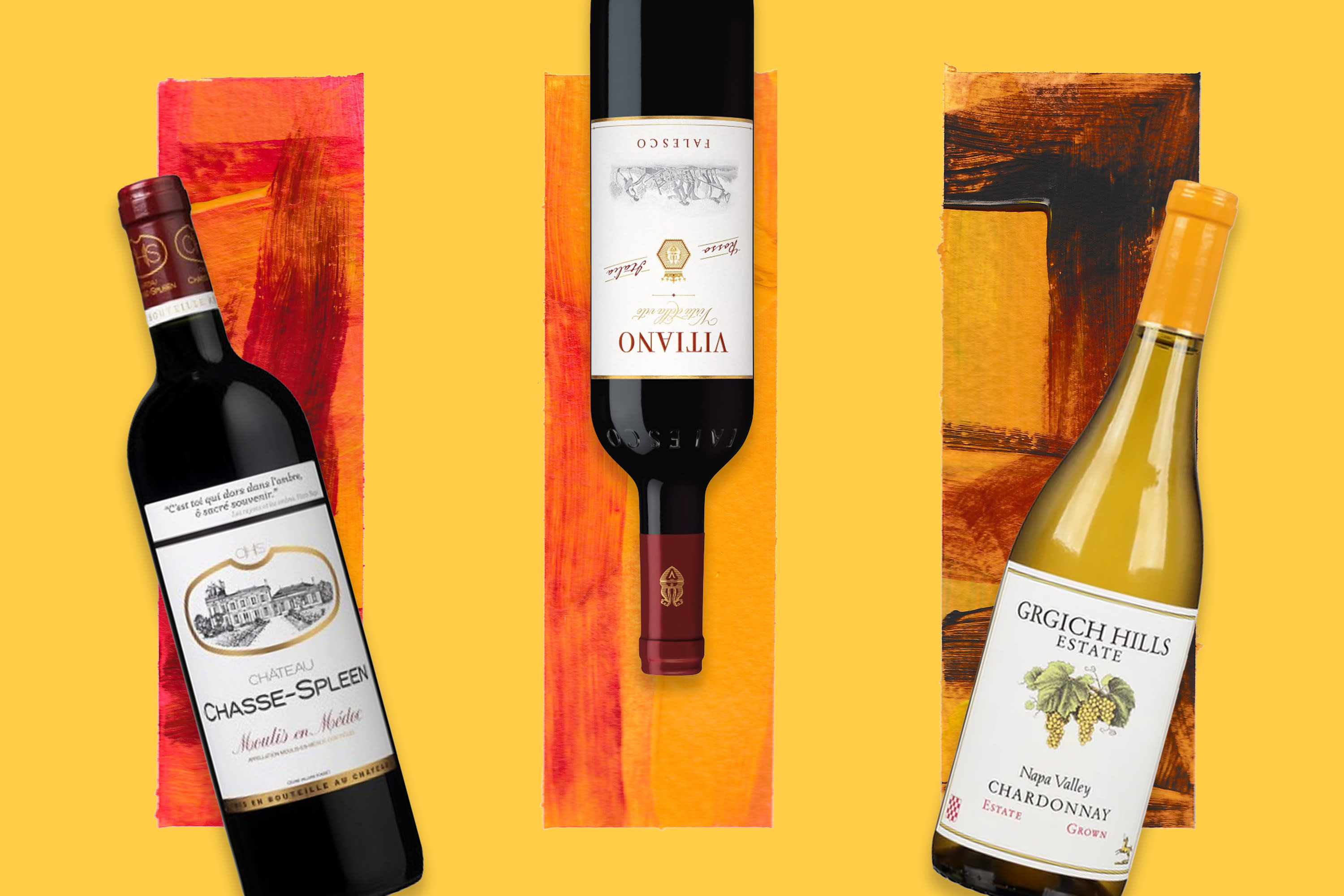Were Grapevines the First Domesticated Fruit?

Image: Hannah Phillips/Composite
In an unusual and exceptional study published earlier this year, researchers found that grapevines were domesticated earlier than previously thought. While older data suggested that the fruit began being domesticated around 8000 B.C.E, now scientists believe the date to be closer to 11,000 B.C.E.
To determine that, researchers studied and compared the genomic structure of wine grapevines (vitis vinifera) and wild grapevines (vitis sylvestris) and, in doing so, examined the geographical origins of grapevines, as well. According to the authors, the “survey paints a defined picture of grapevine evolutionary history which echoes key events in the history of world climate change and human migration.”
For some time, researchers believed the first winemaking occurred in the Caucasus region of Asia, the area that is today home to Georgia, Armenia and Azerbaijan. While that remains a fact, this study now shows that winemaking also occured at the same time in the Levant, an area that includes modern-day Israel, Syria, Lebanon and Jordan. It was from this region that grapevines spread into Asia, Uzbekistan, Iran and China, then westward into Turkey, Croatia, Italy, Spain and France. Whether the reason for this travel was trade or migration is unclear.
Vitis vinifera is the botanical name for the grapevines we associate with wines like cabernet sauvignon and chardonnay. In contrast, vitis labrusca is the indigenous American grapevine used to produce wines such as concord. Attempts were made to grow vinifera in America after Thomas Jefferson brought some from France, but they did not thrive here due to the climate and a root louse named phylloxera. Winemakers eventually found a more beneficial climate in the western United States and grafting vinifera vines to labrusca rootstock solved the problem.
This massive new genetic study not only focused on the derivation of wine grapes, but provides a data set that will allow for the manipulation of grape skin color, aroma and flavor. The team stated that the data will also allow for the identification of undesirable traits, which will improve grape quality and help molecular breeding programs.
I recently had the opportunity to try a wine from Georgia. Teliani Valley's Tsolikouri (sole-i-koori) is a lovely white with a flavor profile I was unfamiliar with. It’s a light wine, with hints of sauvignon blanc, chenin blanc and even marsanne. Although light, it had a good flavor profile and a nice body and finish—a great choice to accompany a poolside meal this summer. The wine is imported by Georgian Wine House, whose goal is to introduce Americans to Georgian wine. Very ambitious, but they seem to be on their way.
Bob McGinn has spent his entire career in the wine industry—forming wine clubs, working in wine sales marketing and engaging in all facets of the winemaking process, including vine management, fermentation and yeast analysis. He has developed wine programs for companies such as Marriott, Sheraton and Smith & Wollensky, and consults with local restaurants. You can read more of McGinn’s work at gulfcoastwinejournal.com.



